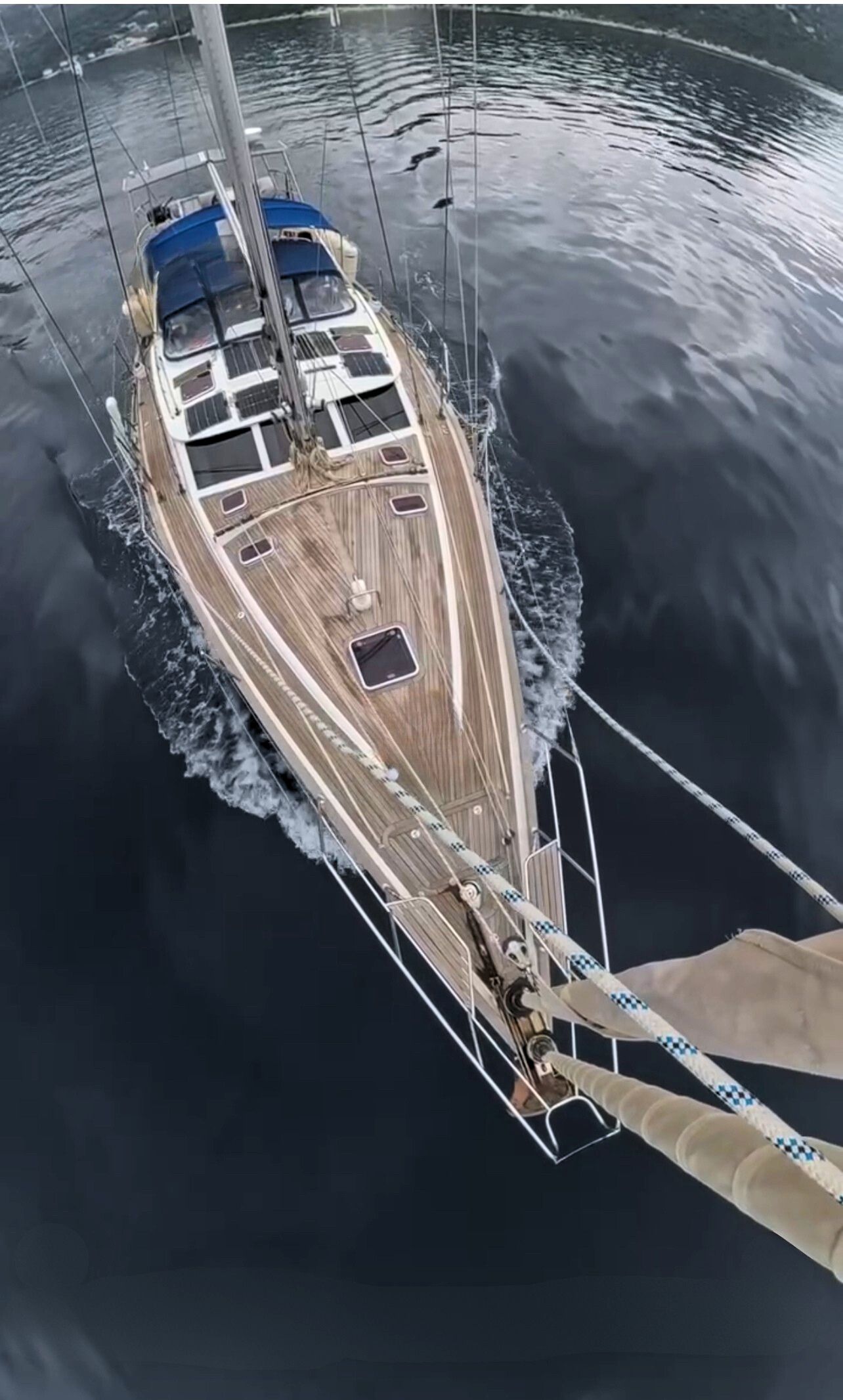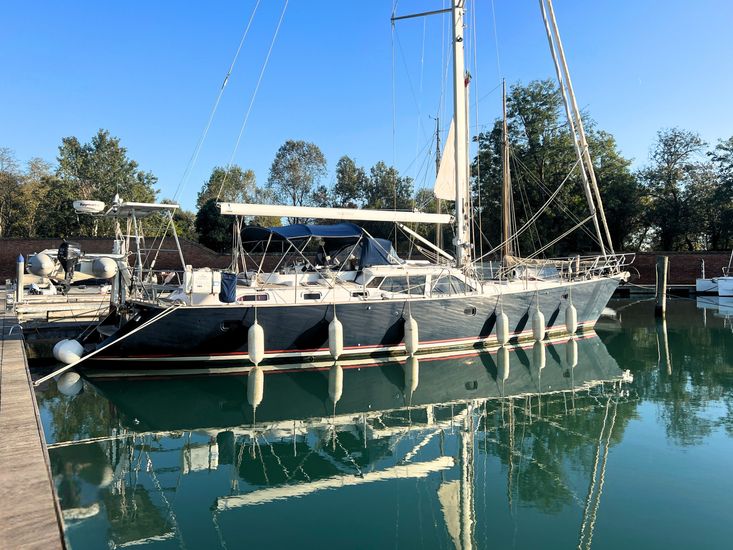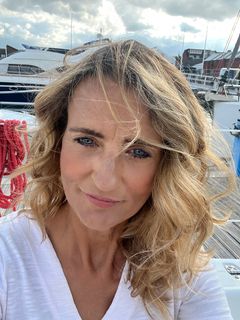Discovering the Discovery 55: Sailing Croatia to Venice
Our late-season cruise took us from Slano, just north of Dubrovnik, all the way to Venice, covering around 420 nautical miles in total. The route included Korčula, Stari Grad, Trogir, Sevid, Veli Iž, North Zapuntal, and Pula, before crossing the Adriatic to Venice in one long final leg. We sailed aboard a Discovery 55, 2009 model — a solid, comfortable yacht that handled the Adriatic’s range of conditions with ease. Our skipper took ownership of Ticketeeboo just one week before our arrival so the intention was to shake her out, find out what she’s really capable of and iron out any issues along the way.
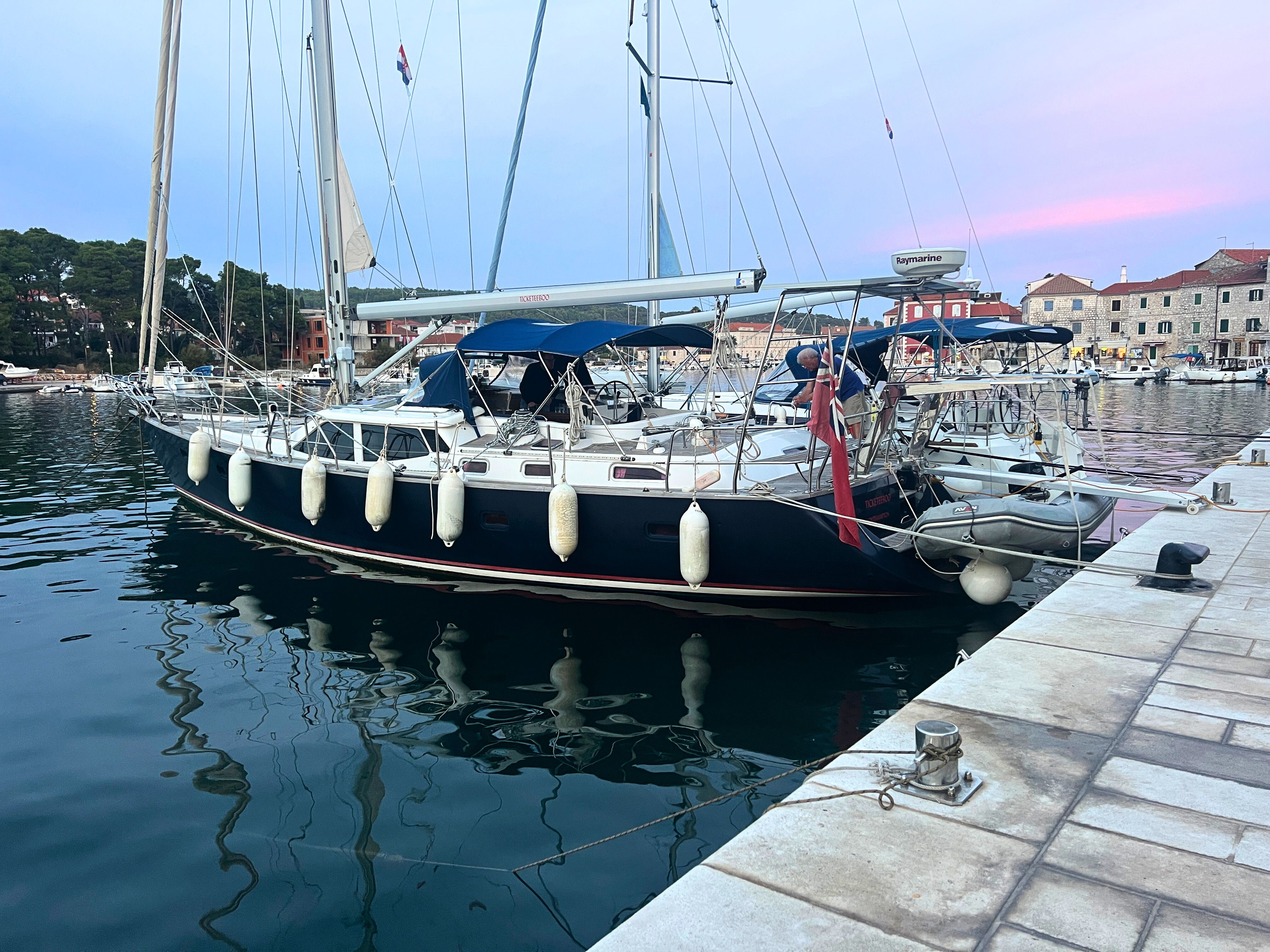
About Ticketeeboo
The Discovery 55 is a 17 metre blue-water cruiser designed by Ron Holland and built for serious offshore passage-making. With a raised deck saloon, powerful yet easily managed sail plan, and ocean-ready comfort, it’s ideal for short-handed and long-distance sailing.
- Rig type: Masthead cutter (optional inner forestay)
- Mainsail: Fully battened, slab-reefed mainsail with lazy jacks and stack pack
- Headsail: Furling genoa (approx. 87 m² / 940 ft²) on electric Furlex system
- Staysail : Self-tacking staysail on inner forestay
Ticketeeboo, is a fine example of the model’s pedigree—proven, capable, and perfectly suited to extended cruising like our Adriatic passage. She is comfortably accommodating with everything you’d need for a big-sea crossing - Solar, water maker, washing machine, microwave, heated cabins and good visibility when sat at the chart table.
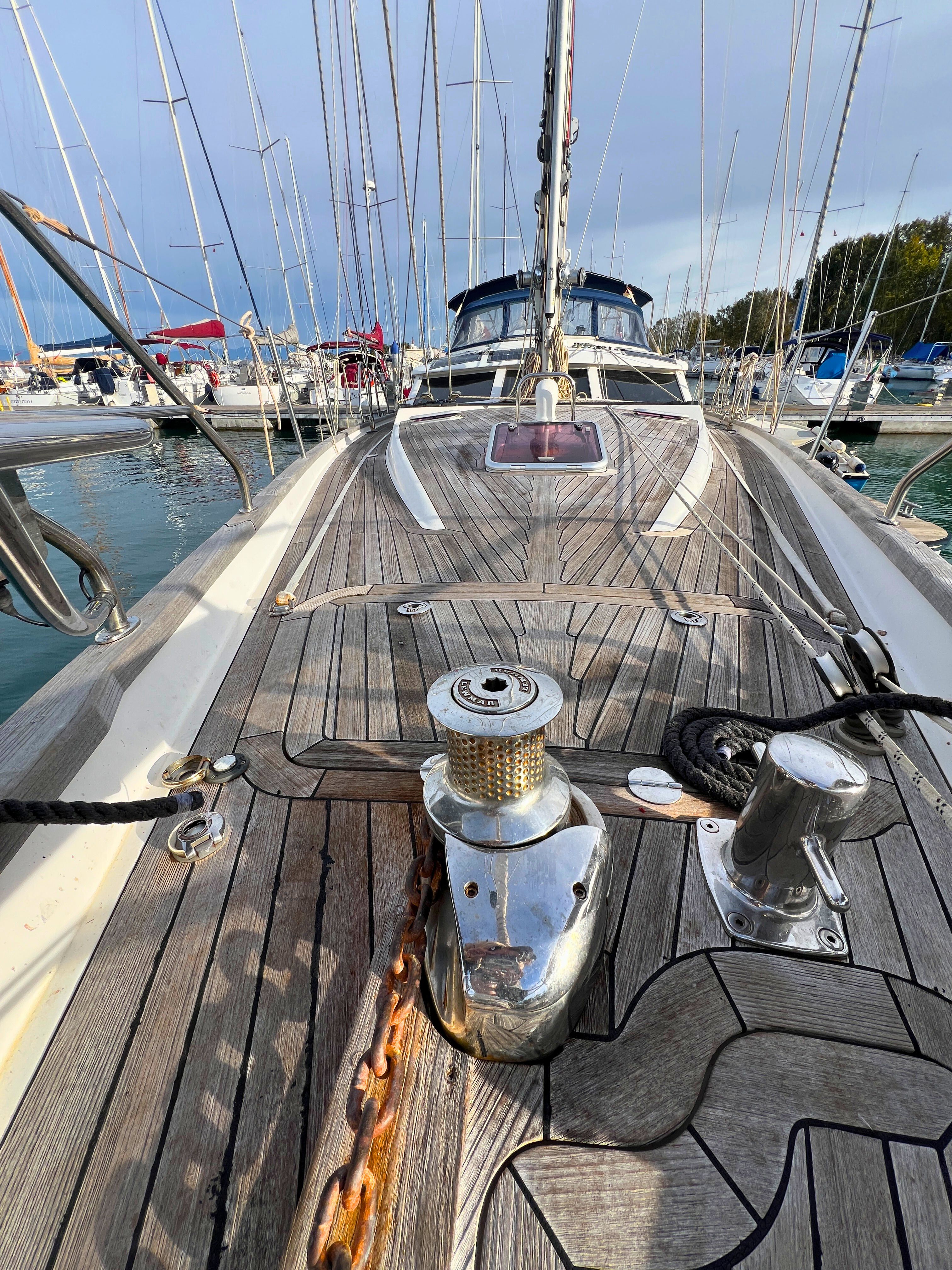
Slano to Korčula — 39 NM
We departed Slano in light easterly winds (5–8 knots) and a calm sea. The early hours were spent motoring in almost flat water before a gentle breeze filled in enough to motor-sail the final miles. Visibility was excellent as the coastline of Mljet slid past smoothly.
We arrived at Korčula mid-afternoon and anchored south of the old town in 8 metres of sand and weed, which provided secure holding. By evening a north-westerly at 6–9 knots filled in, giving us a pleasant breeze through the night. Korčula’s waterfront was lively but manageable, with space to get ashore by tender if needed.
Korčula, often called “Little Dubrovnik,” is a fortified medieval town on Croatia’s Dalmatian coast. With its sheltered anchorage, stone streets, and Venetian charm, it’s a favourite stop for sailors — lively but not overcrowded, and rich in seafaring history and local wine. As beautiful by day as it is by night.
We started to wonder when our crewing skills would be called on - autohelm, a self-tacking jib and electric winches left us fighting to flemish the lines.
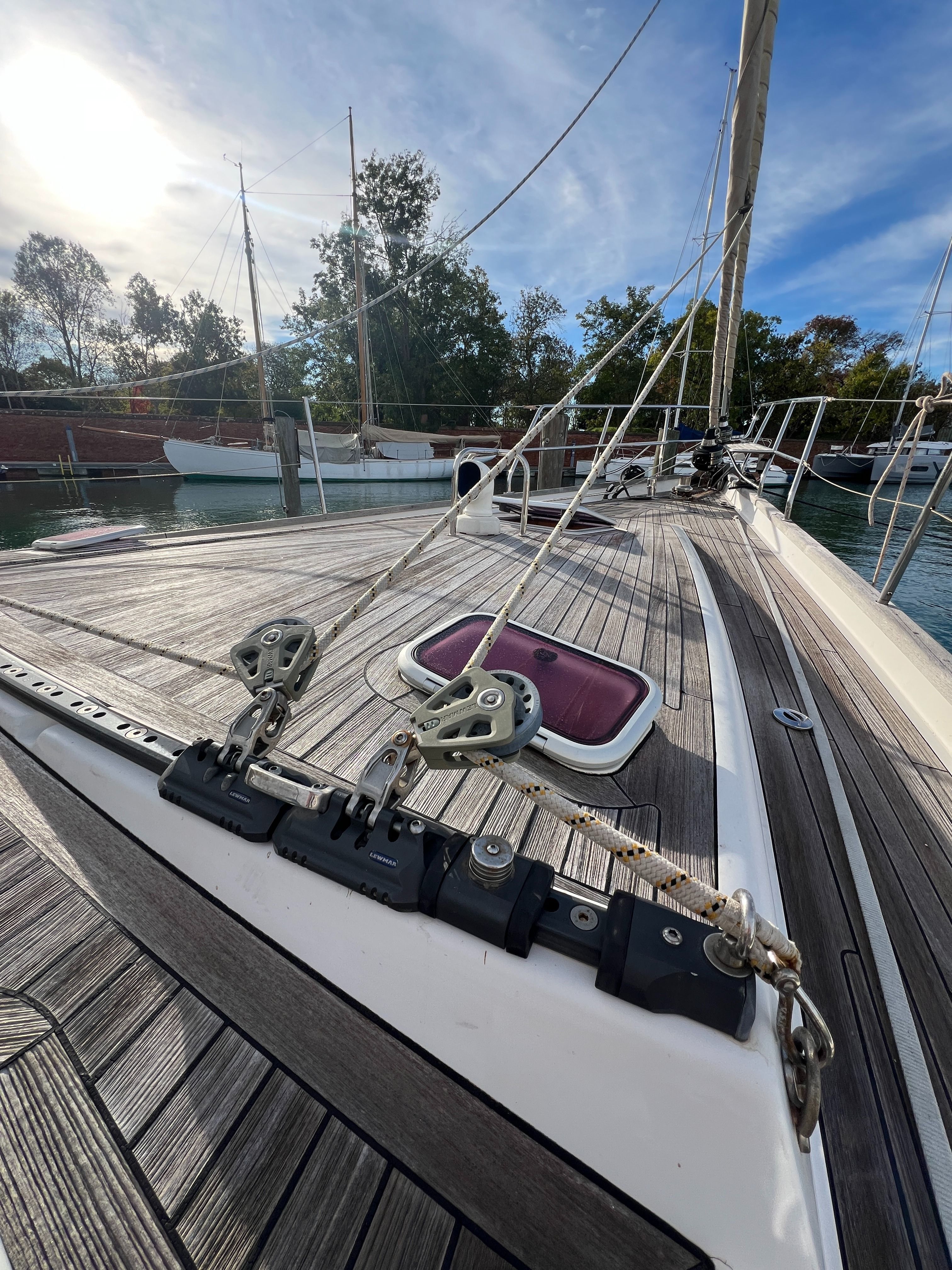
Korčula to Stari Grad — 60 NM
The next leg provided proper sailing. We left Korčula under north-easterlies at 10–12 knots, building to 15 knots mid-morning. Sailing 20-30 degrees downwind on the jib, we then swapped to the genoa once on open waters for a gentle push around Hvar.
By late afternoon, we turned into the long inlet of Stari Grad on Hvar. The approach is straightforward and the harbour offers good protection from all but strong southerlies. Plenty of berths available here at this time of year so we lazy-lined to the wall for a sheltered night, and we were rewarded with a quiet slumber in one of Croatia’s most culture-crammed towns.
Stari Grad, on the island of Hvar, is one of the oldest towns in Croatia and a quiet contrast to nearby Hvar Town. Whilst ashore, the old stone streets, shaded courtyards, and waterfront cafés offer a relaxed, authentic feel. Stari Grad blends history with calm and simplicity — an ideal pause for crews needing good shelter and an easy evening ashore. Pop inside Moria Gallery to see some stunning yacht artwork patches of preserved roman mosaics excavated beneath the floors.

Stari Grad to Trogir — 29 NM
We left Stari Grad early under light southerlies at 4–6 knots, motoring for most of the passage in calm seas. The route north along the Dalmatian coast was straightforward, with only light traffic and clear visibility. By mid-afternoon, a westerly breeze of 8–10 knots filled in, giving us a short period of relaxed sailing before entering Trogir.
The approach is well-marked and we decided to anchor to the west of the town in the quieter waters off Sejet Beach, a great airport drop-and-go point for Split - picking two crew up and dropping one off. With just a €6 taxi ride into the bustling scene of Trogir, we feasted like kings at Queen Teuta Restaurant, a great find in the back runs of the town. There are many large supermarkets here for provisioning as well as wine cellars tucked into the narrows leading to the busy port.
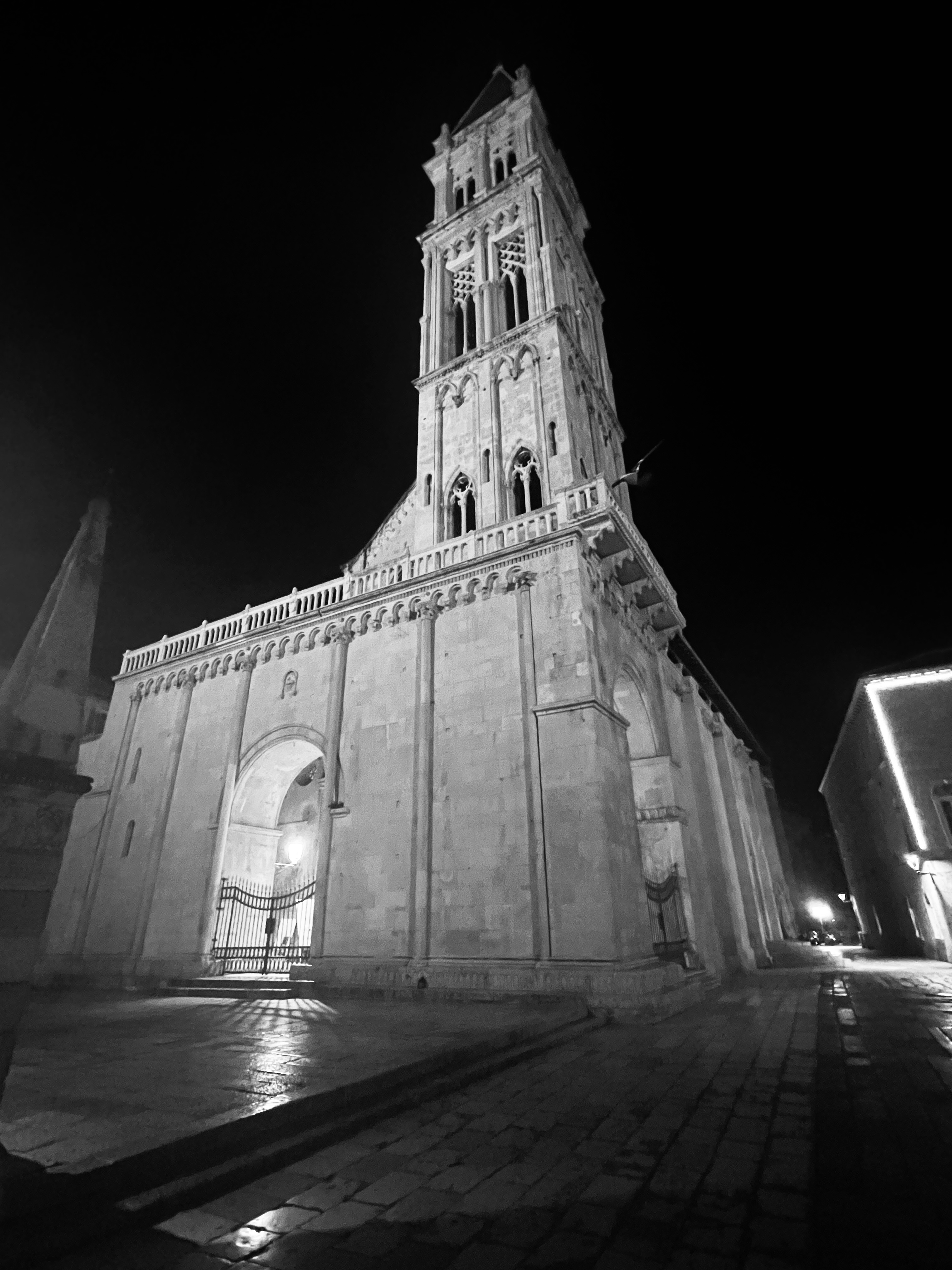
Trogir to Sevid — 12 NM
Having spent the morning in town, (coffee and croissants are our staple breakfast when ashore) we departed Trogir late morning for the short run to Sevid. Winds were variable, south-west 5–8 knots, with a low chop. We motored most of the way, arriving at dusk to find the bay quiet and well sheltered. The bottom is sand at around 6 metres, providing secure holding and protection from the west. We anchored overnight and stayed aboard, enjoying mushroom risotto for dinner prepped in the ample galley, followed by a calm, still night at anchor.
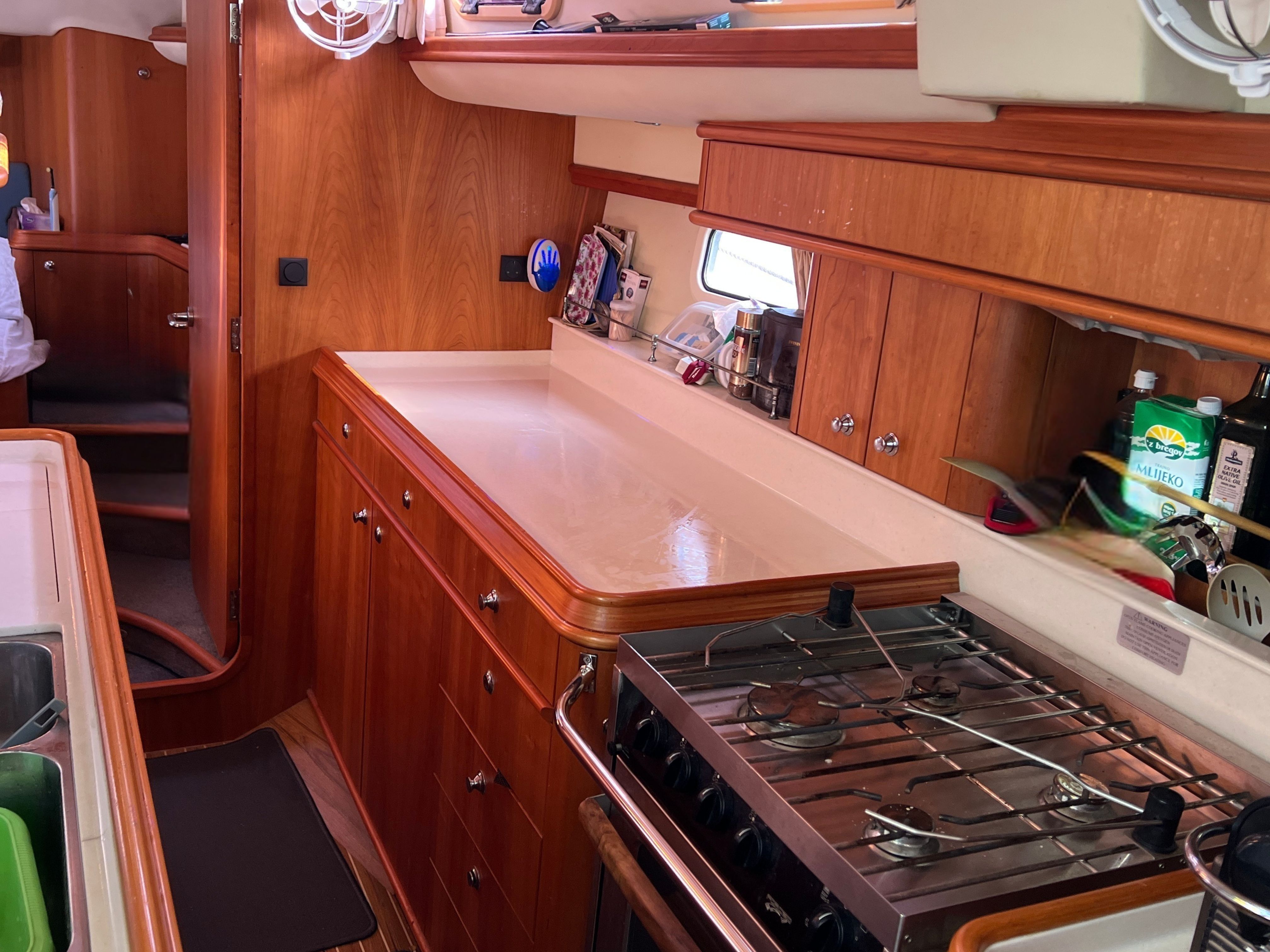
Sevid to Veli Iž — 95 NM (Two Days)
We left Sevid before sunrise with a light north-westerly at 6–8 knots, motor-sailing north in calm seas. The first day took us through the outer Kornati islands, where conditions freshened to NW 12–15 knots by midday. With full sails set, Ticketeeboo made steady progress at around 7 knots over a moderate one-metre sea. Back-to-wall, we berthed in a desolate marina, Veli Iž scraping out the last of the tourist trade and preparing for its winter closure. The harbour was quiet, facilities ashore limited but welcoming, and the atmosphere relaxed — a good mid-voyage stop before continuing north.
Veli Iž to North Zapuntal — 20 NM
The short hop to North Zapuntal was uneventful. A light easterly at 6 knots wasn’t enough to sail, so we motored through slight seas. When we arrived in the bay, we were greeted by a choice of mooring buoys — some a little tired and untrustworthy — but we selected a newer one closer in, which gave us a reassuring night’s sleep with the Anchor Alarm app set, ready for the longer voyage the next day.

North Zapuntal to Pula — 75 NM
We were underway at first light with a north-easterly 10–14 knots, giving us a broad reach up the coast. Ticketeeboo averaged around 7 knots, with a steady one-metre swell. As Pula came into view mid-afternoon. An industrial skyline from a distance, revealing its striking relics the closer we got. The marina was efficient and well equipped, offering fuel, water, and good shore facilities. Overnight, a northerly gusting up to 18 knots swept through the area, but the harbour provided excellent shelter and a good night’s rest before the crossing.
Pula is a well-sheltered harbour with a striking Roman amphitheatre overlooking the sea — a perfect final stop for provisioning and rest before crossing to Italy. As with many of these stopovers, we only saw them by night but were not disappointed by its offerings. A visit to Rendez Vous restaurant is a must, the best we have eaten at so far. Friendly staff, reasonably priced and a wide choice of delicious freshly cooked Italian and local dishes.
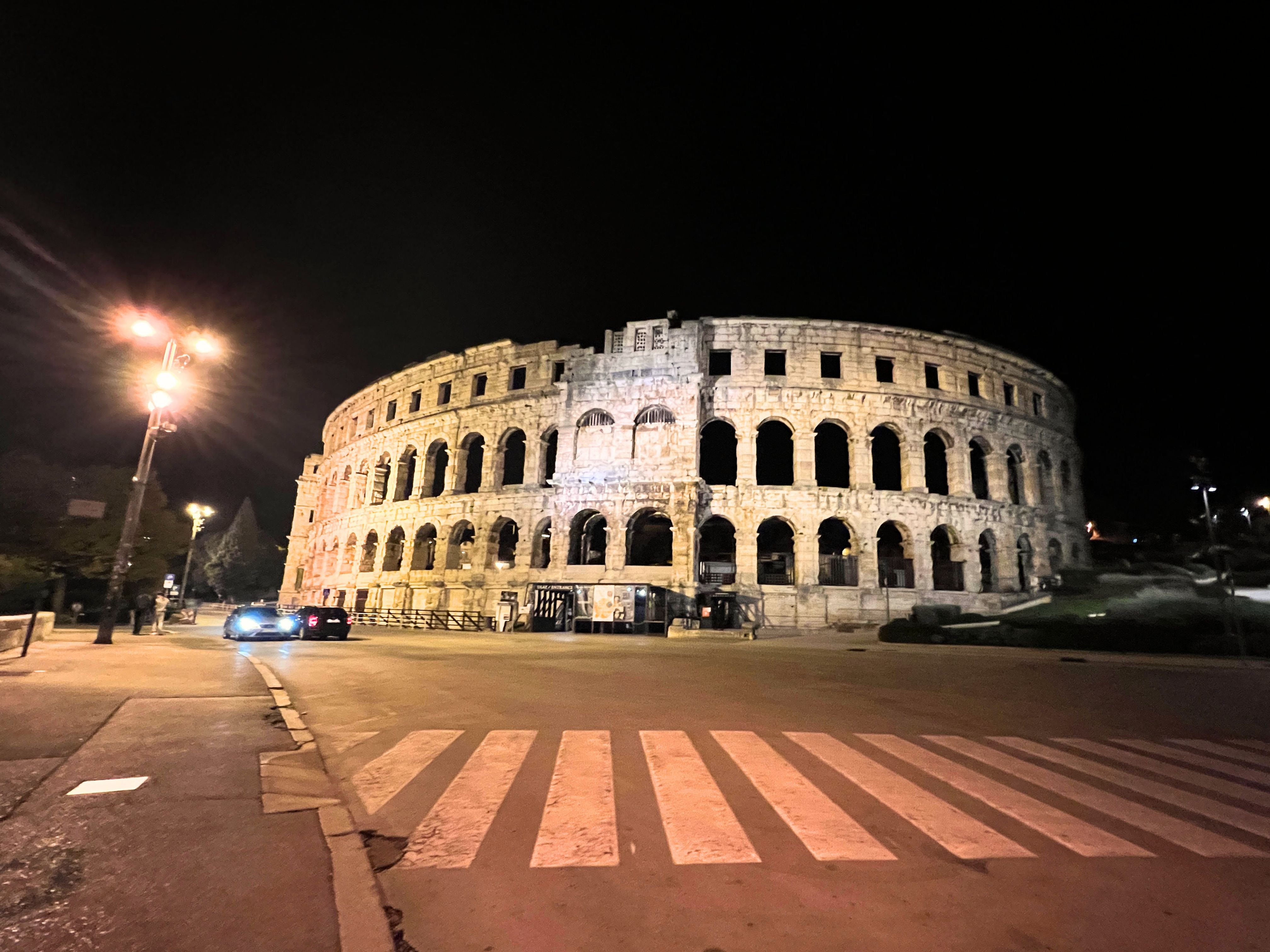
Pula to Venice — 120 NM Adriatic Crossing
We departed Pula at 06:30 for the open-water crossing to Venice. The day began calm with a light north-easterly around 6 knots and a long, low swell of half a metre. The wind faded mid-morning, so we motored for several hours until a north-westerly 10–12 knots stalled our approach late afternoon, resorting to motor-sailing across the mirrored stillness. Perfect for paddleboarders.
We entered the Lido channel at 18:15, after just under twelve hours underway. Visibility was fair with increased vessel traffic approaching Venice. Treading water for half an hour or so, we were eventually greeted by the Certosa Marina RIB and led into a slightly tricky berth with piles afoot, but the assistance was first class. This would be home for the next few days while we reflected, explored and absorbed the wonders of this magical city.
Certosa Island sits just east of central Venice, a quiet refuge from the city’s crowds yet only minutes from the lagoon’s main waterways. Once home to a monastery, it’s now a hub for visiting yachts with a well-run marina, good facilities, and direct access to the city by water taxi or tender. For crews arriving from across the Adriatic, Certosa offers calm water, space to breathe, and an easy gateway into Venice.
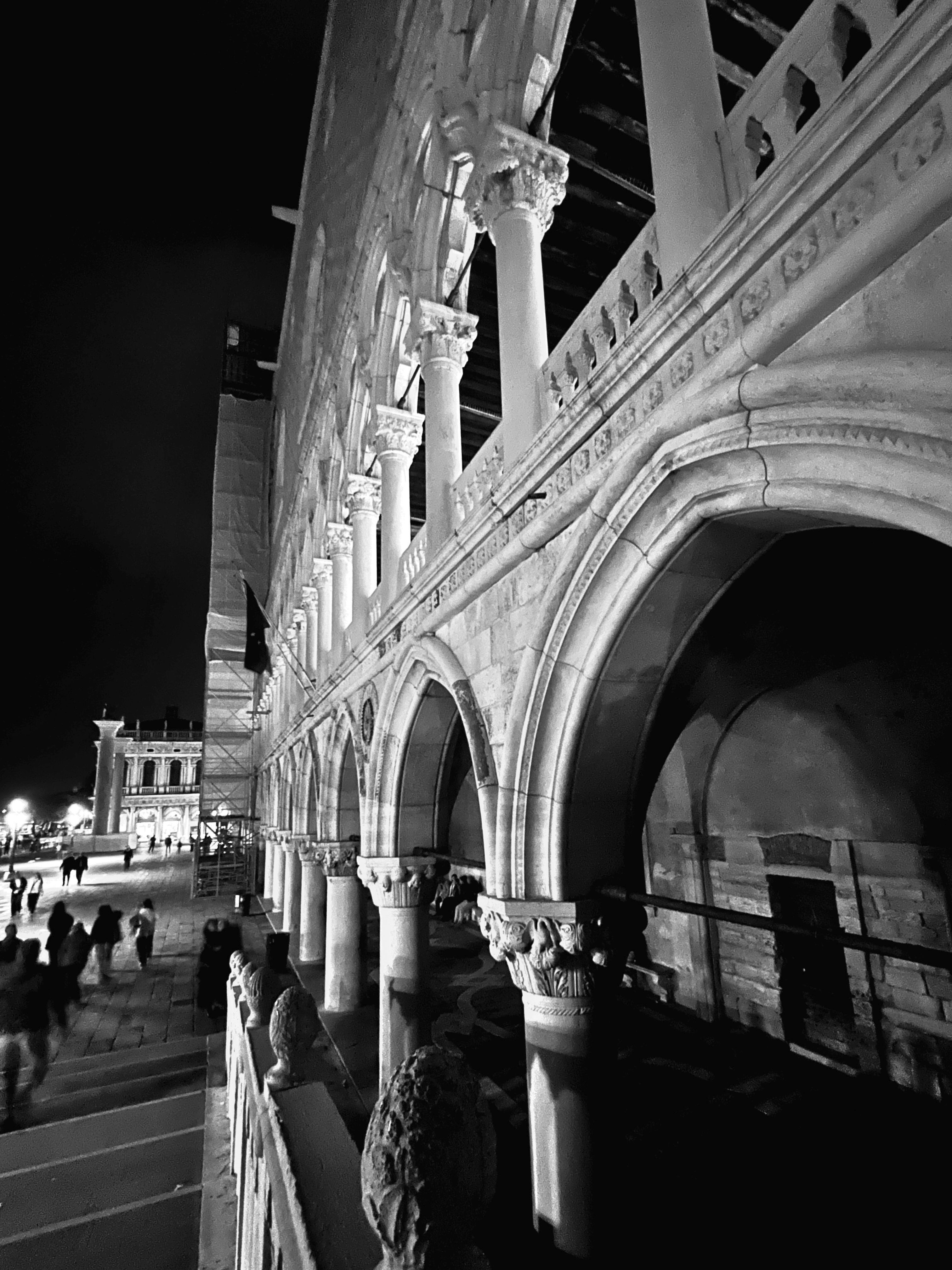
Voyage Complete
This route covered roughly 420 nautical miles, with winds between 4 and 18 knots, mostly from the north-east to north-west. Sea states remained calm to moderate, and the weather stayed settled throughout under a stable high-pressure system.
Each stop offered reliable facilities and straightforward anchoring, making this a manageable and rewarding passage for any crew looking to explore Croatia’s coastline before venturing into Italy. The Discovery 55 handled the variety of conditions without issue — a capable yacht for anyone planning longer passages across vast ocean stretches.

...and what we discovered
The Discovery 55 proved exactly why she’s regarded as one of the best blue-water designs in her class. On this voyage she was stable, predictable, and easily handled by a crew of varying abilities— tracking beautifully under sail and maintaining consistent speed even in light airs. The raised deck saloon gave excellent visibility on passage and comfort below when at anchor. Systems and storage were well thought out, making longer legs simple to manage. If there’s a point for improvement, it would be her dependence on the engine in very light conditions — her weight and moderate rig mean she needs a decent breeze to truly stretch her legs. A Code Zero would transform the Discovery 55’s light-air performance, adding drive in sub-10-knot winds where the standard rig feels underpowered, This additional sail would cut engine hours and boost efficiency on broad and close reaches.
